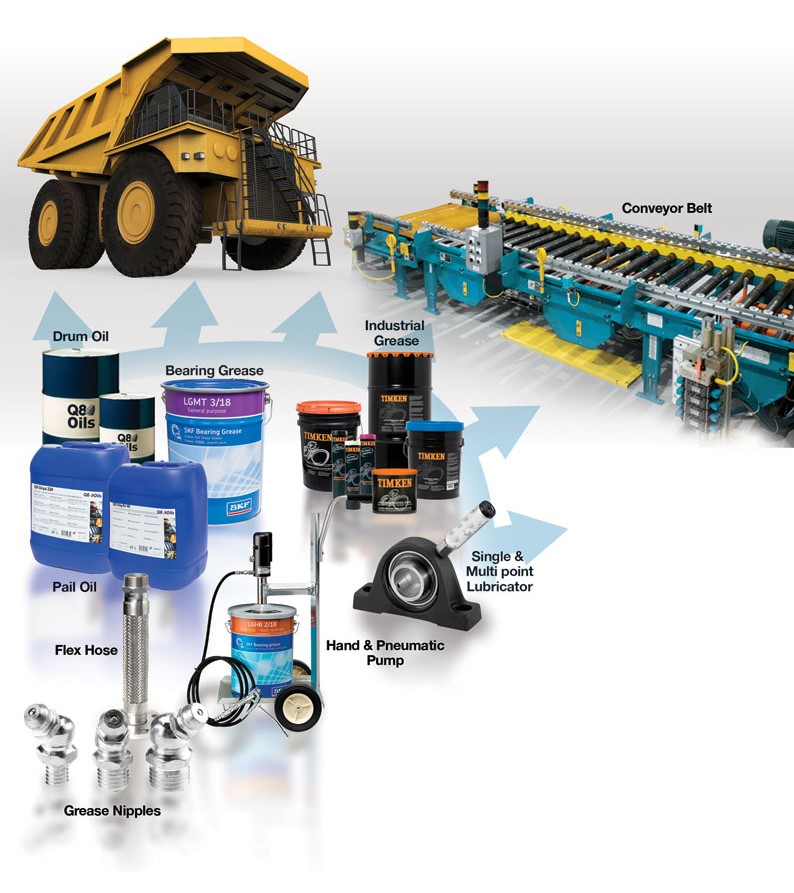Industry gets most improved rating in 2023, coming from -35 per cent in 2022
THE local bauxite sector almost doubled its output last year, according to figures in the just-released Planning Institute of Jamaica 2023 Economic and Social Survey Jamaica, which has indicated that bauxite caused the island to make good strides in the mining and quarrying industry, helping it to grow by 86.8 per cent when compared to 2022.
The latest edition of the survey, which has been published annually since 1957, was tabled in Parliament Wednesday.
The survey gives a comprehensive analysis of Jamaica’s economic and social performance over the previous year.
According to the findings, mining represented the highest growth rate in 2023 for an industry.
In 2022, the industry experienced a -35 per cent reduction in terms of its real value added (RVA). Last year, mining accounted for 1.8 per cent of Jamaica’s total gross RVA. The gross RVA for the previous year in 2022 stood at 1.0 per cent. RVA is the measurement of the contribution of an industry to a nation’s output or gross domestic product (GDP).
The survey found that improved out-turn from mining and quarrying “was primarily driven by the bauxite and alumina sub-industry, due to an expansion in aluminia production as crude-bauxite production fell”.
Bauxite is used to produce aluminia, which is used to make aluminium metal. Aluminium is used in the production of cars, trains, and aeroplanes, among many other things.
The fall in crude-bauxite production led to a 68.2 per cent increase in earnings from bauxite and aluminia. Jamaica’s earnings from bauxite in 2023 was US$551.5 million.
Among the government policies that were implemented to foster the growth of the industry was the National Mineral Policy, which is a legislative framework for the development of the mineral industry to help meet the global demand.
The global consumption of aluminium in 2023 increased to 70,054.2 kilo tonnes, representing a 1.2 per cent climb when compared to 2022.
“This increase was due to higher consumption in Asia by 3.7 per cent to 54,005.1 kilo tonnes. The growth in Asia’s consumption was spurred by an expansion in China’s consumption of aluminium (the world’s largest consumer of aluminium) by 4.6 per cent to 42,619.9 kilo tonnes. This expansion was fuelled partly by growth in the manufacturing industry,” the survey read.
The survey highlighted that when compared to 2022, the 2023 operational cost of Jamaica’s aluminia refineries dropped by 31.7 per cent to US$428.8 for each tonne of aluminia produced.
“This was due to a contraction in the cost per tonne of alumina produced for all inputs, with the largest decline recorded in fuel/energy, bauxite, and caustic soda. The fall in the cost per unit reflected a general decline in commodity prices relative to 2022 as the Russia-Ukraine conflict had a negative impact on the commodity.”
Regarding other sectors and their performance in 2023, the manufacturing industry saw an estimated 2.3 per cent increase in its RVA, accounting for nine per cent of Jamaica’s GDP. The industry accounted for 6.2 per cent of the labour force. Growth in the sector was caused primarily by the food, beverages and tobacco sub-industries.
The food, beverage, and tobacco industry earned approximately US$371.6m, a 7.3 per cent increase over 2022. Refined petroleum products contributed US$436.2m to the island’s GDP last year, which was a 20.7 per cent decline when compared to earnings in 2022. Other instances of decreased earnings within the industry in 2023 occurred in the areas of chemical products (US$31.1 m) and other manufactured products (US$17.6m). Chemical products and other manufactured products saw a 31.1 per cent and an 11.5 per cent decrease, respectively.
Employment in the manufacturing industry in 2023 increased by 3,200 individuals, pushing the total approximate number to 81,300.
https://www.jamaicaobserver.com/2024/07/21/bauxite-bounces-back


